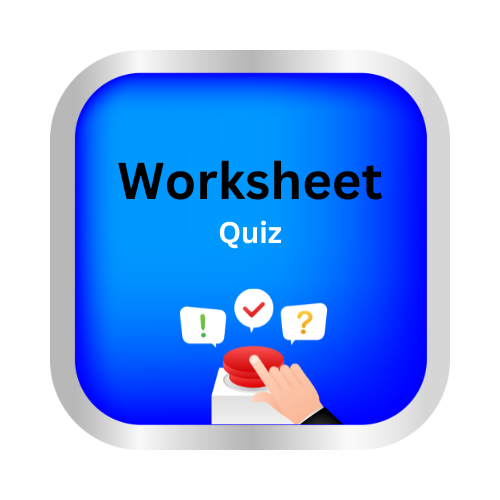Classify figures of speech: euphemism, hyperbole, oxymoron, paradox
Key Notes :
1. Euphemism
- Definition: A euphemism is a figure of speech where a mild or less direct word or expression is used to replace one that may be considered harsh, blunt, or unpleasant.
- Purpose: To soften the impact of something unpleasant or to convey a message in a more polite or socially acceptable manner.
- Examples:
- “Passed away” instead of “died”
- “Let go” instead of “fired”
- “Senior citizen” instead of “old person”
2. Hyperbole
- Definition: Hyperbole is an exaggerated statement or claim that is not meant to be taken literally. It is used for emphasis or effect.
- Purpose: To create strong impressions, add humor, or convey an emotion powerfully.
- Examples:
- “I’m so hungry I could eat a horse.”
- “I’ve told you a million times.”
- “This bag weighs a ton.”
3. Oxymoron
- Definition: An oxymoron is a figure of speech where two contradictory or opposing words are placed together to create a unique or ironic effect.
- Purpose: To highlight a paradox or to create a striking contrast.
- Examples:
- “Deafening silence”
- “Bittersweet”
- “Jumbo shrimp”
- “Act naturally”
4. Paradox
- Definition: A paradox is a statement that seems self-contradictory or logically absurd, but upon closer examination, may reveal an underlying truth.
- Purpose: To provoke thought, challenge assumptions, or present a deeper, more complex truth.
- Examples:
- “Less is more.”
- “This statement is false.”
- “I know one thing: that I know nothing.”
- “The only constant is change.”
Learn with an example
🤜 Which figure of speech is used in this text?
The Turner family is going to spend two weeks in Paris, but for Harry, it will be a working holiday since he’ll be checking in with the office every day.
- euphemism
- oxymoron
The text uses an oxymoron, a joining of two seemingly contradictory terms.
A working holiday is a contradiction because going on a holiday implies that you are taking a break from work.
🤜 Which figure of speech is used in this text?
My sister always wears at least five pieces of jewelry, but I prefer to follow the guideline ‘Less is more.’
- euphemism
- paradox
The text uses a paradox, a statement that might at first appear to be contradictory, but that may in fact contain some truth.
Less is more at first appears to be contradictory since less and more are opposites. However, it contains some truth: by removing something or scaling back, you can sometimes achieve a more complete or pleasing outcome.
🤜 Which figure of speech is used in this text?
I must have eaten too much of Cameron’s homemade pasta because now I’m so full I could explode!
- oxymoron
- hyperbole
The text uses hyperbole, an obvious exaggeration that is not meant to be taken literally.
So full I could explode is an exaggeration, since it is clear that the speaker is not actually in danger of exploding.
let’s practice!

